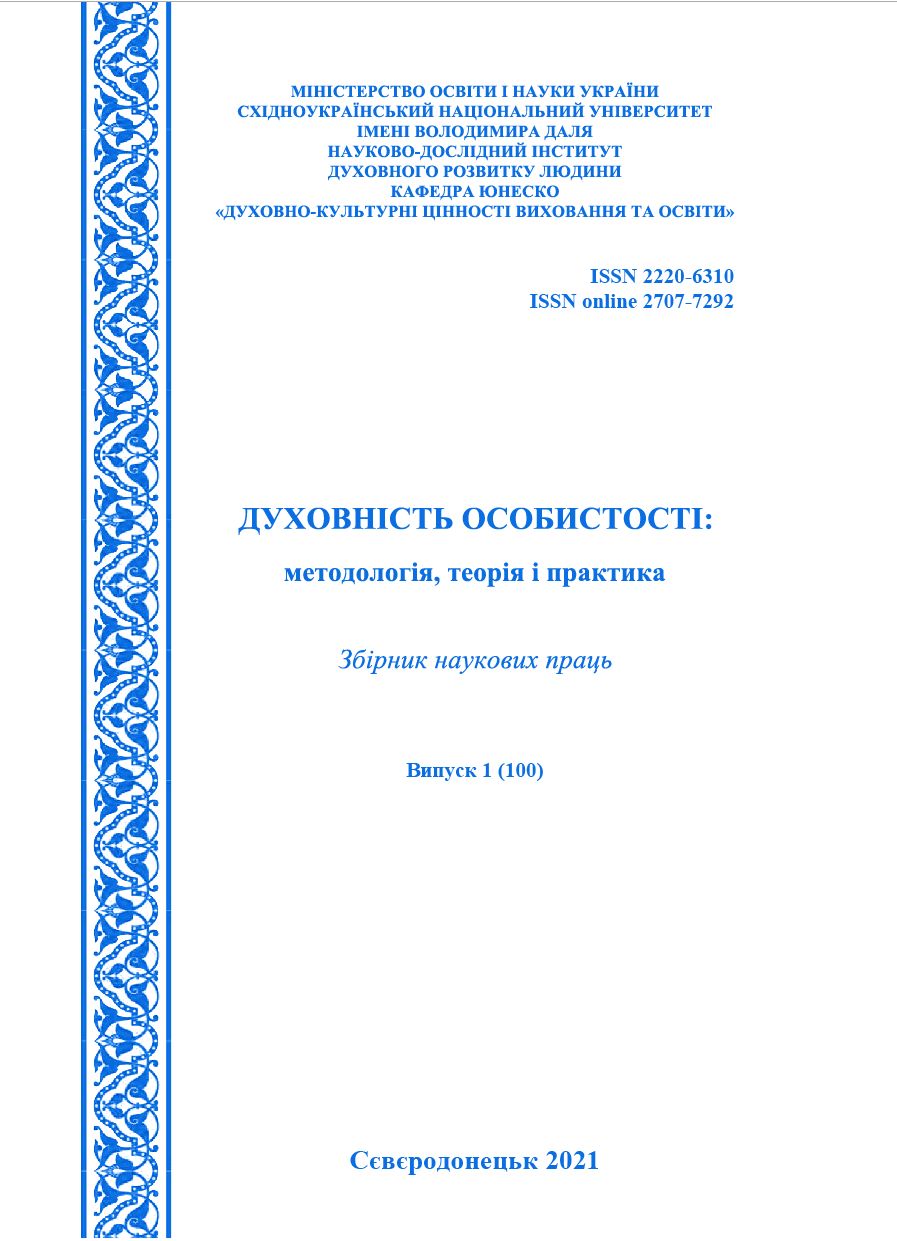SOCIO-PSYCHOLOGICAL ANALYSIS OF THE ORTHODOX COMMUNITIES OF CONVICTED PERSONS
DOI:
https://doi.org/10.33216/2220-6310-2021-100-1-34-45Keywords:
Social service, prison service, pastoral care, Orthodox community, convicts, internalization of valuesAbstract
The functional space of religious communities is not limited to religious education and worship, it is focused on social service, where among the important areas at the state level is the invaluable acceptance of the individual and accompaniment of persons in conflict with the law, ie prison service. Today, Orthodox communities deserve special attention in the context of the pastoral care of convicts. It is the help of convicts in the process of their desocialization and resocialization, repentance and reconciliation, acquiring skills of responsible living, based on traditional Christian values of repentance, humility, desire for peace, mercy, etc. that allows to overcome the tragedy of human alienation her new path of its axiological development.
This article presents the results of socio-psychological analysis of the Orthodox community on the example of the current penitentiary institution. Attention is paid to the peculiarities of the functioning of the Orthodox community, in particular the liturgical and extra-liturgical areas of pastoral work with convicts. It is emphasized that convicts who are permanent active members of the Orthodox communities of correctional institutions are recorded as persons participating in the program of differentiated educational influence "Spiritual Revival". The generalized results of the survey of convicts who are members of the Orthodox community are presented. Among a number of indicators, the level of education of convicts, their dependence, the structure of marital status and family ties, the causes of the crime, personal identification, motives for religious conversion, mental state after conversion, etc. were analyzed. The importance of such means of Orthodox pedagogy and psychology as worship, activities of the Orthodox community of the institution, etc. is also determined.

